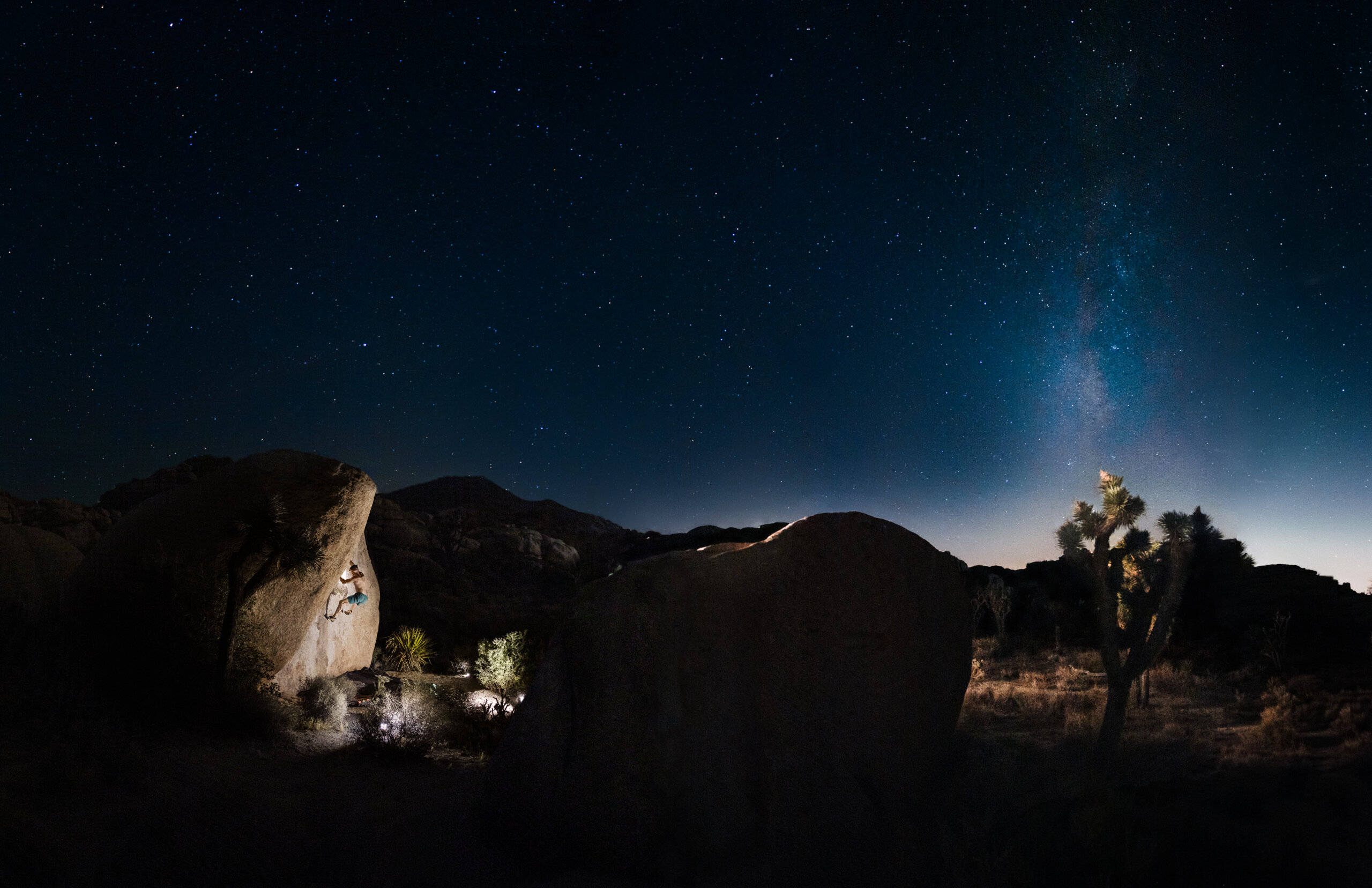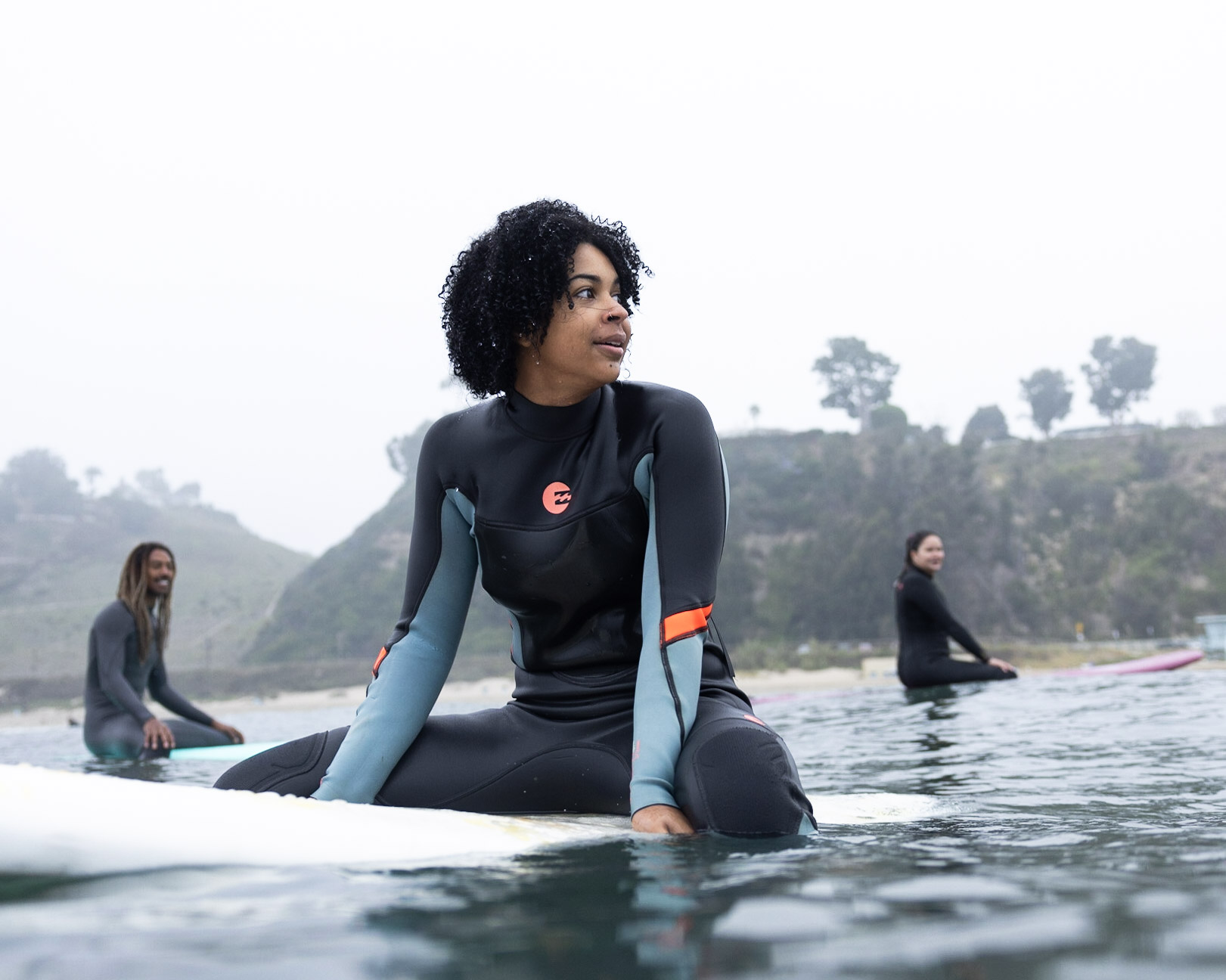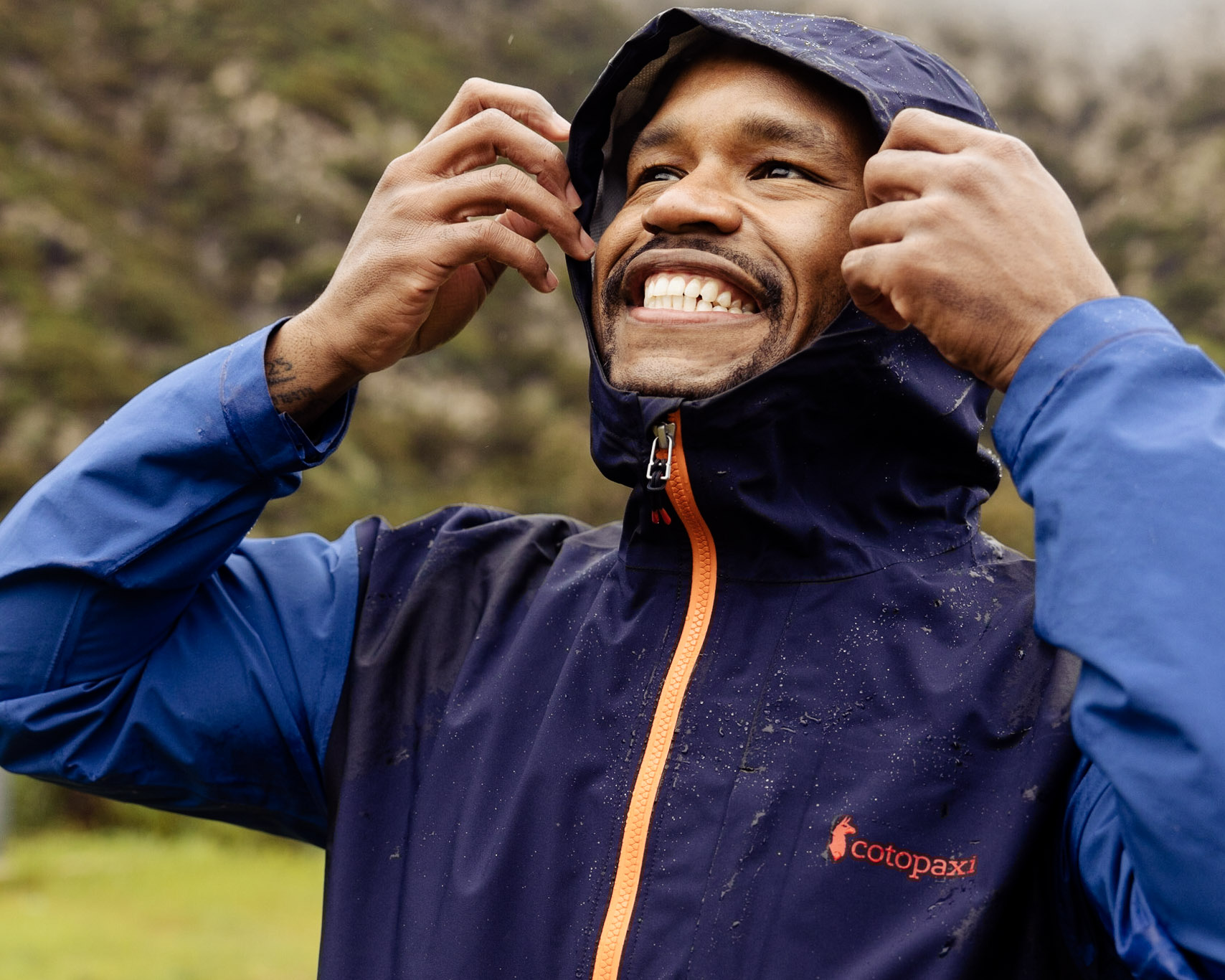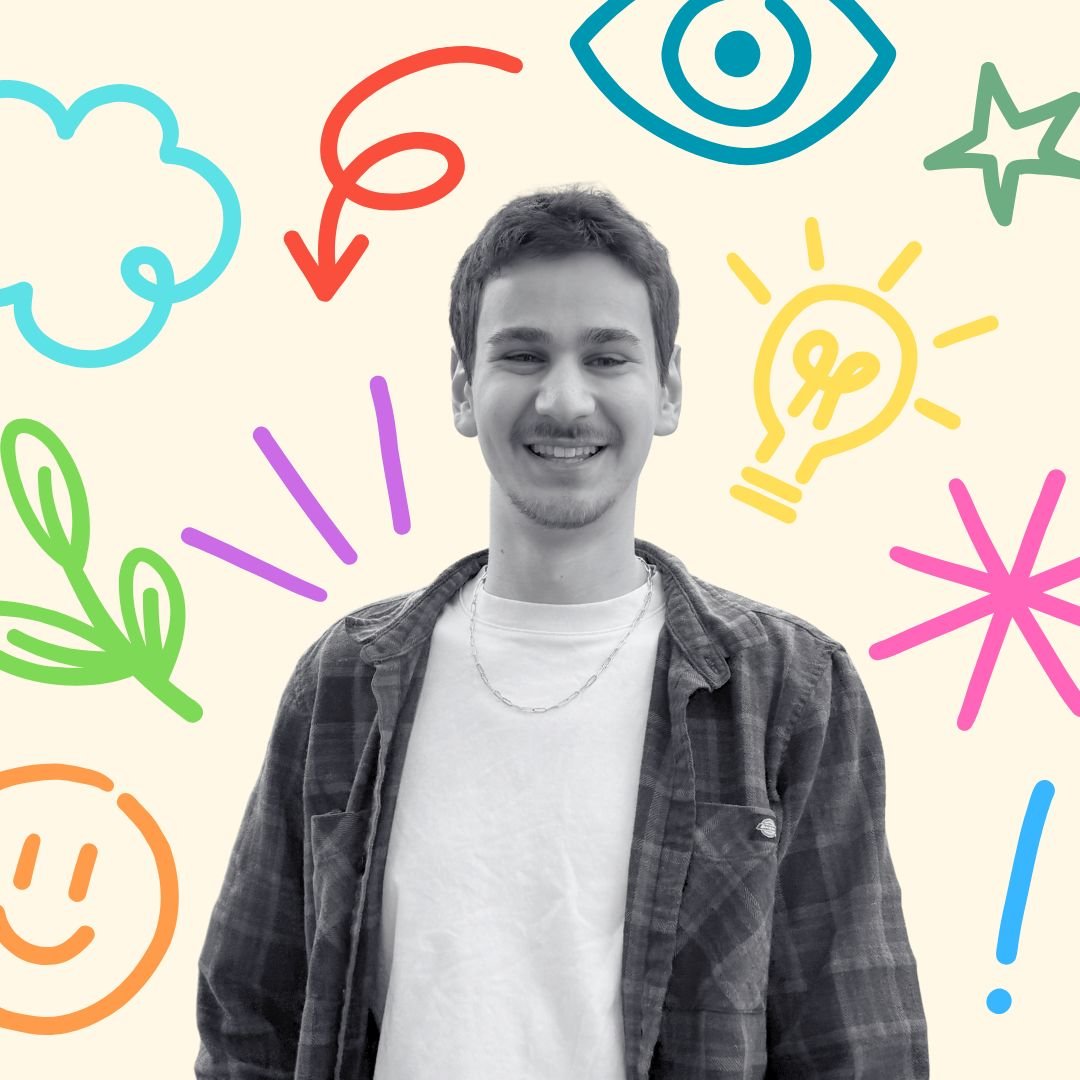Sabrina Claros (she/her) is a Latina creative, adventurer and storyteller based in Los Angeles. Her work aims to highlight outdoor athletes and adventure beyond the excursions, peak bagging and epic views. She wants to tell the stories of the journey from a more holistic view, including the struggles, the failures, the community and why people push their limits.
With a serious lack of representation in adventure media, Sabrina’s work intentionally focuses on the stories of women, BIPOC and LGBTQ2A+ communities.
We sat down with Sabrina to chat about the beauty of failed adventures, casual representation and the importance of fostering diversity and inclusivity to inspire a broader audience to benefit from the great outdoors.
Tell us about yourself!
My name is Sabrina, I grew up just outside of LA in Downey and then went to school at University of California, Irvine. I had initially studied psychology and criminology to go into social work. The goal was to create more reparative and functional programs and to be part of giving holistic care back to the community. I did that for a few years through COVID, which was extremely difficult. And when I felt myself burning out, it was either: finally give the photo and video work a full chance or go back to school. I tried applying to school and it wasn’t going super well. So I thought, okay, we’re going to try something else, and see how that’ll work for me.
I specialize in trying to create storytelling around different aspects about diversity and reduce barriers to the outdoors and help people feel seen. There are athletes everywhere, who aren’t getting that visibility and who aren’t getting the support that they deserve to pursue those sports. Part of that is the visibility, the visibility to our communities, that’s when it matters to us. And it doesn’t always matter to the larger companies who are just like, “Well, it’s just another athlete,” and not really understanding the impact that they might have.
SabrinaClaros-CreativeCrush8

What made you want to pursue this niche?
A lot of it revolved around my own feelings of being outdoors and being in outdoor spaces and not feeling seen, not feeling represented, and having conversations with friends about it too. They were like, “Yeah, it’s so cool that you take photos of us, because I never see photos of us.” And those conversations built up over years. It’s always something that had been in the back of my mind, even as I was pursuing social work and pursuing another career. Once I became aware of it and started having those conversations, I really started noticing it everywhere. It was something that built up over time.
So much of understanding how that structure works also comes from the perspective and the criticism that you learn when you are pursuing social work, right? Both from the psychology side and from the criminology side, you are really looking at broad social injustices. Then you really start to notice how that applies to every single thing and outdoor media is just one of many factors that that’s going to impact.
What’s one of your favourite parts about the work you do?
It’s the joy of capturing people having fun outdoors. It’s not necessarily just about taking the photos and videos, but it’s also seeing people be comfortable and confident and joyful in those spaces. When you are within a community of people that you relate to and people that you want to be around. Whether that’s your friends, whether that’s somebody who you’re bringing out for the first time, or you’re just watching them learn and explore and wonder for themselves, “This is what things could look like, this is what the world looks like.”
In your blog, you chat about the beauty of failed adventures, celebrating moments for what they are, even if they don’t turn out the way you expected or hoped. Why is it important for you to share those stories?
When there’s so much media, both from larger movies to even just Instagram reels or Instagram posts, those are highs, right? Those are highlight reels. Those are always the good parts of being outdoors. And there’s a lot of things that go wrong when you go out, whether it’s just camping and you forgot something, or you’re on a hike and you were unprepared. Normalizing those stories reminds us that, just because it didn’t go perfect, doesn’t mean you failed. And when somebody is trying to get outdoors for the first time and things aren’t going well and you think you’re failing at it, that can be a big deterrent to getting people out again. When they feel like they’re failing at something and don’t realize that that is the norm. It is the norm to go outdoors and things go wrong. Maybe not terribly wrong, but it’s okay to be uncomfortable. It’s okay to be underprepared. And all of those are things that we don’t always get to see in the highlight reels and traditional media.
Even normalizing a little bit of a suffer fest, like, if you want to get outdoors, it’s going to be difficult, and it’s okay that it’s difficult and it’s okay that it sucks a little bit. But if you want to be there, there is space for you regardless. There is space for you to suffer alongside us.
I know some movies will show the struggle of it, but at the end of the day, it’s everyone’s smiling. Everyone’s like, “Yeah, this was so worth it!” And sometimes it’s not, and that’s okay, too.
SabrinaClaros-CreativeCrush4

Can you tell us about casual representation and how that differs from traditional diversity campaigns?
Through 2020, and after, especially in the US right after George Floyd, this big conversation began around racial justice in different spaces. And that, of course, influenced the conversation in outdoor spaces as well. There was this big surge of campaigns that specifically focused on diversity. And it was the first time a lot of us really saw those big campaigns, or we saw people from our community being supported and being represented. Which is amazing, right? That’s something that’s never happened before. It’s something that’s totally needed. And that’s something that I would consider a more traditional diversity campaign, that’s something that is intentionally created for the sake of showing that a brand, a company, an organization can have diverse representation. And that is the implicit goal of that project.
Casual representation isn’t necessarily a diversity campaign, this is just our hiking campaign for the year, this is just our backpacking campaign for the year or whatever it is, and that includes a diverse range of people. That’s something that I think can be really hit or miss with some brands, because then it really shows that there’s this big disconnect between diversity being this niche thing, and not something that needs to be applied across the board. Like, next month, you have Black History Month, right? You have these different months that highlight communities. And that’s incredibly important.
But what about the rest of the year? It totally drops off. And it shows that we’re just another marketing campaign, that we’re not actually valued for any of that.
Why is it important for organizations to invest in diverse and inclusive photography, particularly in the outdoor space?
For brands specifically, if they care, it’s going to make them a lot more money. Their bottom line is really what they care about. If they want to tap into new markets, they have to have diverse marketing. That’s kind of when you’re pitching to brands, you kind of have to come at it a little bit from that angle as icky as it feels, because that’s really what a lot of them care about. But for the rest of us, to see ourselves represented in spaces that we haven’t seen ourselves in or to see other people that look like us doing things that we never thought we could do, it just opens that door of possibility. Like, “Oh, yeah, I’ve never really thought of that, but maybe I want to do that too. Maybe I want to try it. Maybe I just want to dip my toes in.” And all of that is important because it is, first of all, a great importance to our mental health to be getting outdoors, right?
We want more people to have that access. We want more people to feel comfortable and invited. And it’s not going to happen if people don’t see themselves, or they don’t feel represented, or they feel stigmatized for going outdoors.
When it comes to conservation and protecting the world, the more people we have active in outdoor spaces, the more people are going to want to protect and be a part of it and see the value of taking steps that are going to protect our Earth long term. I know there’s a lot of conversation around the idea that the more people that get outdoors, the less accessible it’s going to be because people aren’t taking care of it. But all of that is part of the learning curve and providing education. And that’s not going to happen immediately. You’re going to get this big influx of people who get outdoors, which is what happened during COVID. A lot of things were not well taken care of, there wasn’t good education around it, and that all could have been solved early on by providing a heavy influx of education around how to protect these spaces. But that doesn’t mean we shouldn’t be inviting more people outdoors regardless, and then helping move along that education.
SabrinaClaros-CreativeCrush6

Can you tell me about a moment where you thought to yourself, “This is what I’m meant to be doing”?
We do interviews, and we’re having these conversations, sometimes very difficult conversations, about how people have lacked access to these spaces in the past. It makes people very emotional and there’s been times where literally, we’re both crying at the end of an interview and we’re like, “Yes, this is important to have these spaces and to help people feel empowered in these spaces.” That’s when I can feel that sense of making a larger impact. I think that’s also why it’s really important to have that diversity behind the camera too, because then it helps people let their barriers down as well. You get much deeper stories when people in front and behind the camera can relate to each other better.
Burnout… how do you navigate it?
Funnily enough, I think it’s more difficult to manage now than before, because so many of my hobbies are so wrapped up in the work that I do. That it is incredibly difficult to separate the two. But separating certain trips as, this is a fun weekend, this is not a work week. And forcing myself to leave my camera behind and not think about it in terms of, “I should be capturing this.” I really have to intentionally and forcefully separate the two now. If I really, really want to take a camera as a backup, I’ll just do the point and shoot film camera. Because then I can’t even look at it, I only have a limited amount of shots, I cannot even put that much extra thought into it after I take the photo like that.
How does living and working in LA shape your creative process?
Well, I grew up here, right. So this feels like home to me and telling stories that are close to home feels so meaningful. And the community itself, I mean, LA is incredibly diverse. So being in LA, we’re actually really lucky to have enough of that diversity and have access to so many different regions and types of activities and sports. I mean, everything’s a few hours away, but at least it’s only a few hours and we’re not driving 10 hours to get to the desert, or to the mountains. Everything is relatively close in the grand scheme of things. And there’s a lot of us here who want to do the same thing. We want to be outdoors, we want to be in the sun, we want to explore. And so I think LA feeling like home makes those stories feel so much more personal to me.
SabrinaClaros-CreativeCrush9

What are three words you’d use to describe yourself?
Oh, that is a really hard one. I mean at the minimum, I think adventurous. I’m creative. I like to think that I’m relatively creative. I know I’m in a creative career, but that doesn’t mean I’m always feeling creative, but I try to remind myself that I am. That one’s interesting because I’m almost learning how to be creative on demand, I think that’s the hardest part, versus letting ideas come to you as they’ve developed and matured. So adventurous, creative and… kind. I think I’m a kind person. I think I try to give more than I take.
Which locations are on your bucket list for outdoor adventures?
I really want to go climb in Mexico and Bolivia. Those being my ancestral homelands and wanting to explore those areas in a way that most likely, at some point, ancestors did as well. And having those connections I feel would be really important. I have family in both countries, but when we go, we’re staying with family, we’re staying in the city. And I want to explore those outdoor spaces as well.
Do you have any exciting adventures or projects coming up?
I’m really excited to do more short form video stories, like athlete highlights. So I have a few plans, hopefully for the next couple of months. Practicing storytelling, but also stuff that doesn’t necessarily have to be branded. It’s not for a brand, it’s just for the sake of storytelling and for the sake of highlighting people in our community doing cool things. I actually think that’s also been an interesting shift from traditional adventure media, where there’s this seriousness about getting to a goal and you just have to focus, and it feels very masculine in a way. Which is great for people to have these big goals and to go for them and accomplish them.
But I think it really misses out on a lot of what the outdoors feels like to most of us, which is joyful and fun and maybe not so intense all the time.
You can read more about Sabrina’s work with the National Forest Foundation on her blog.



